
- Home
- India
- World
- Premium
- THE FEDERAL SPECIAL
- Analysis
- States
- Perspective
- Videos
- Sports
- Education
- Entertainment
- Elections
- Features
- Health
- Business
- Series
- In memoriam: Sheikh Mujibur Rahman
- Bishnoi's Men
- NEET TANGLE
- Economy Series
- Earth Day
- Kashmir’s Frozen Turbulence
- India@75
- The legend of Ramjanmabhoomi
- Liberalisation@30
- How to tame a dragon
- Celebrating biodiversity
- Farm Matters
- 50 days of solitude
- Bringing Migrants Home
- Budget 2020
- Jharkhand Votes
- The Federal Investigates
- The Federal Impact
- Vanishing Sand
- Gandhi @ 150
- Andhra Today
- Field report
- Operation Gulmarg
- Pandemic @1 Mn in India
- The Federal Year-End
- The Zero Year
- Science
- Brand studio
- Newsletter
- Elections 2024
- Events
In Photos: How Kolkata’s Zakaria Street is offering history and food on the same platter

Confluence of history and food is what made Zakaria Street in Kolkata a unique melting pot, extending solace to devotees and foodies alike.The labyrinth of lanes jutting out from Nakoda Masjid, the largest mosque of the city that forms the axis of the place play a significant role in the culinary heritage of Kolkata, the only Indian city listed in the world’s top food destinations, could...
Confluence of history and food is what made Zakaria Street in Kolkata a unique melting pot, extending solace to devotees and foodies alike.
The labyrinth of lanes jutting out from Nakoda Masjid, the largest mosque of the city that forms the axis of the place play a significant role in the culinary heritage of Kolkata, the only Indian city listed in the world’s top food destinations, could be mind boggling for those unfamiliar.
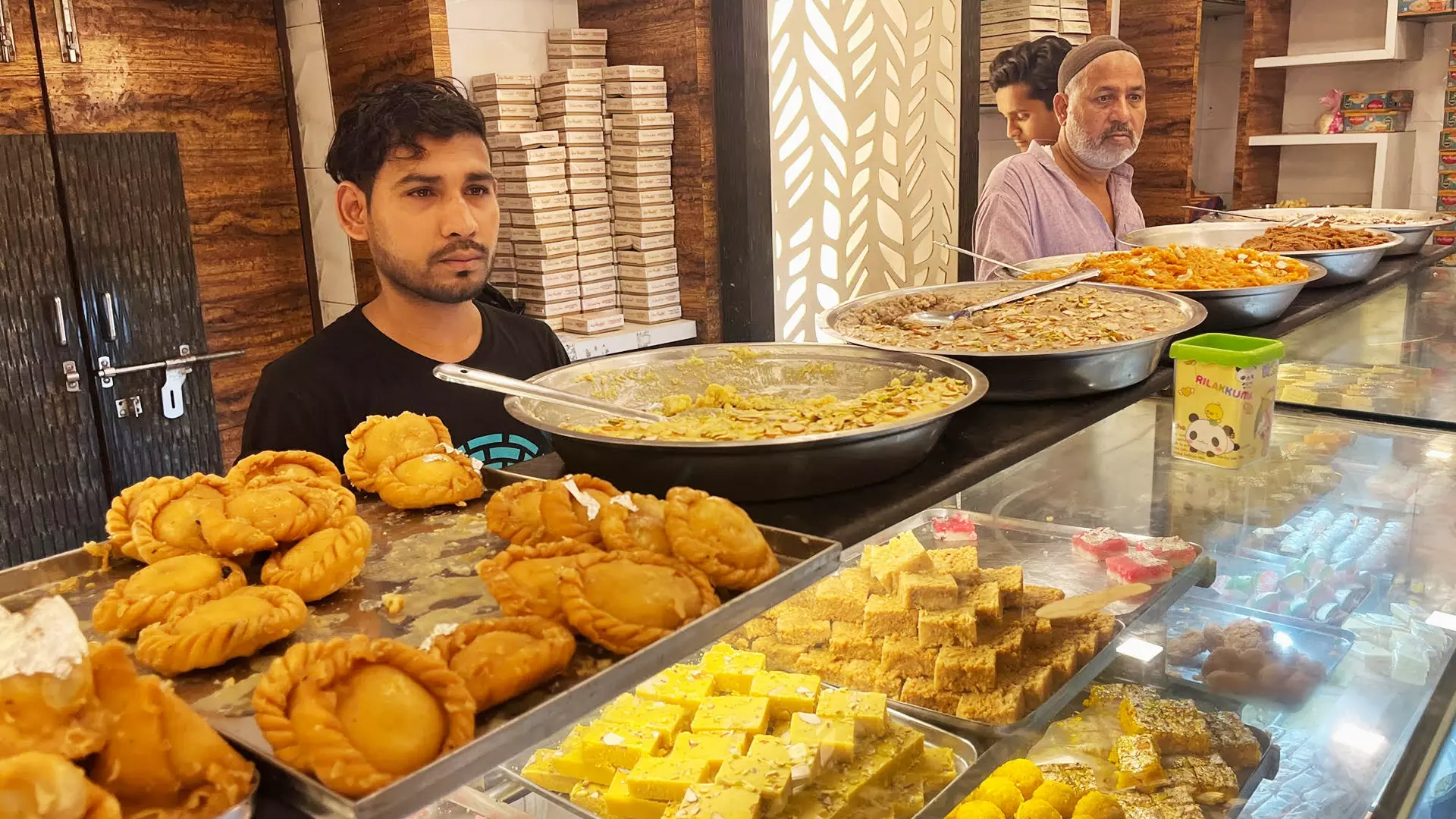
The 125-year-old Haji Allauddin Sweets shop. Photos: Jayanta Shaw
The street derives its name from Haji Nur Muhammad Zakaria, a Muslim merchant from the Kutchi Memon community of Gujarat who migrated to the city in the 19th century.
Though it was initially developed as a residential area, today it is one of the busiest commercial hubs of the city, particularly known for restaurants serving delectable Mughal cuisines. There are about 50 such eateries, some about a century old, dotting either side of the narrow lanes, adding diversity to the city’s food culture.
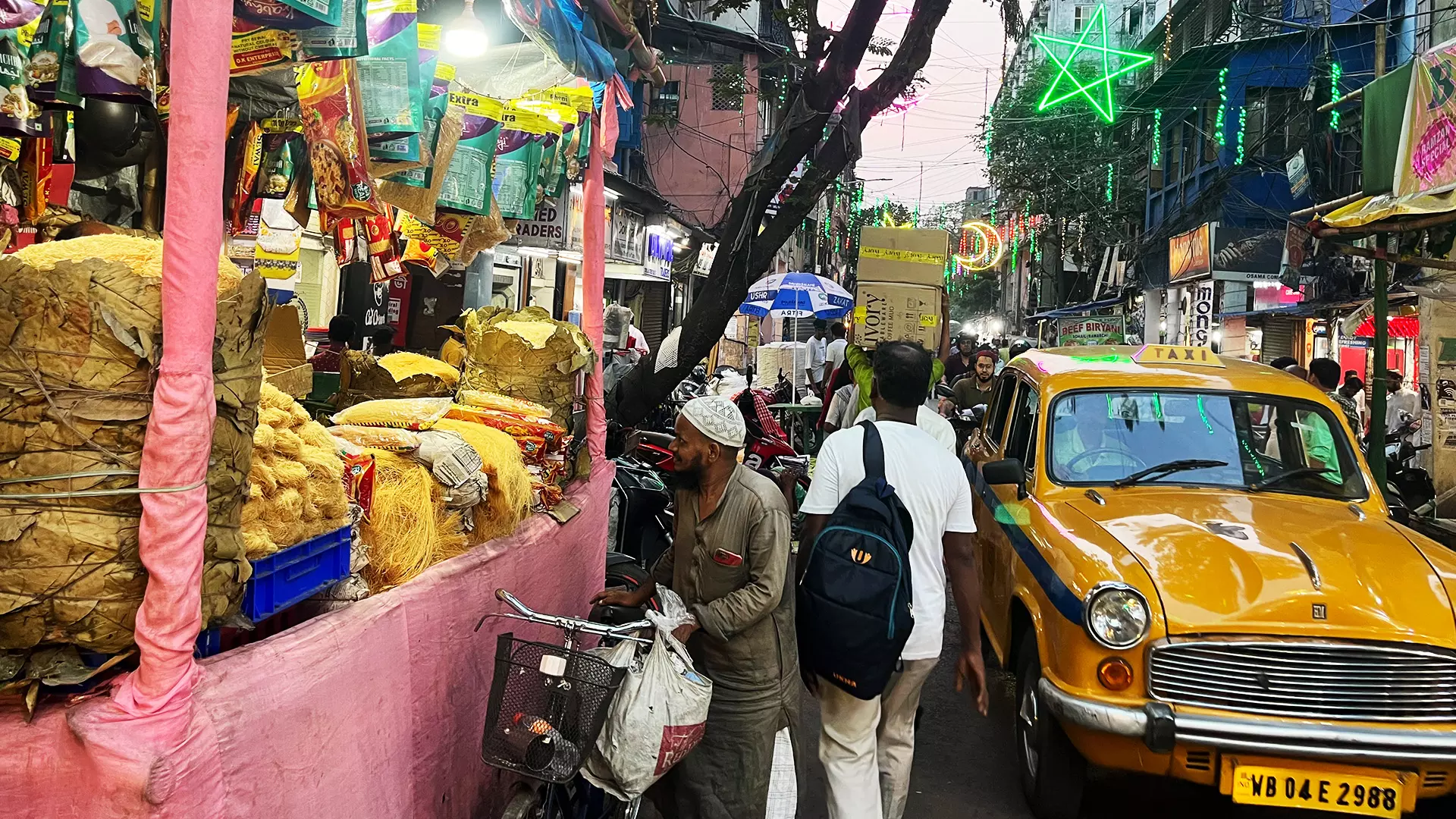
Though it was initially developed as a residential area, today Zakaria Street is one of the busiest commercial hubs of the city, particularly known for restaurants serving delectable Mughal cuisines.
As one steps into the street from Phears lane, a 106-year old eatery — Adaam’s Kabab Shop — greets the visitor with its signature Suta Kabab.
“This shop was established in 1918 by my grandfather, who migrated from Lucknow. Over the last 100 years, we have not made much changes either in the look of the shop, or the food items, to retain the legacy,” said Mohammed Salahuddin, the owner.
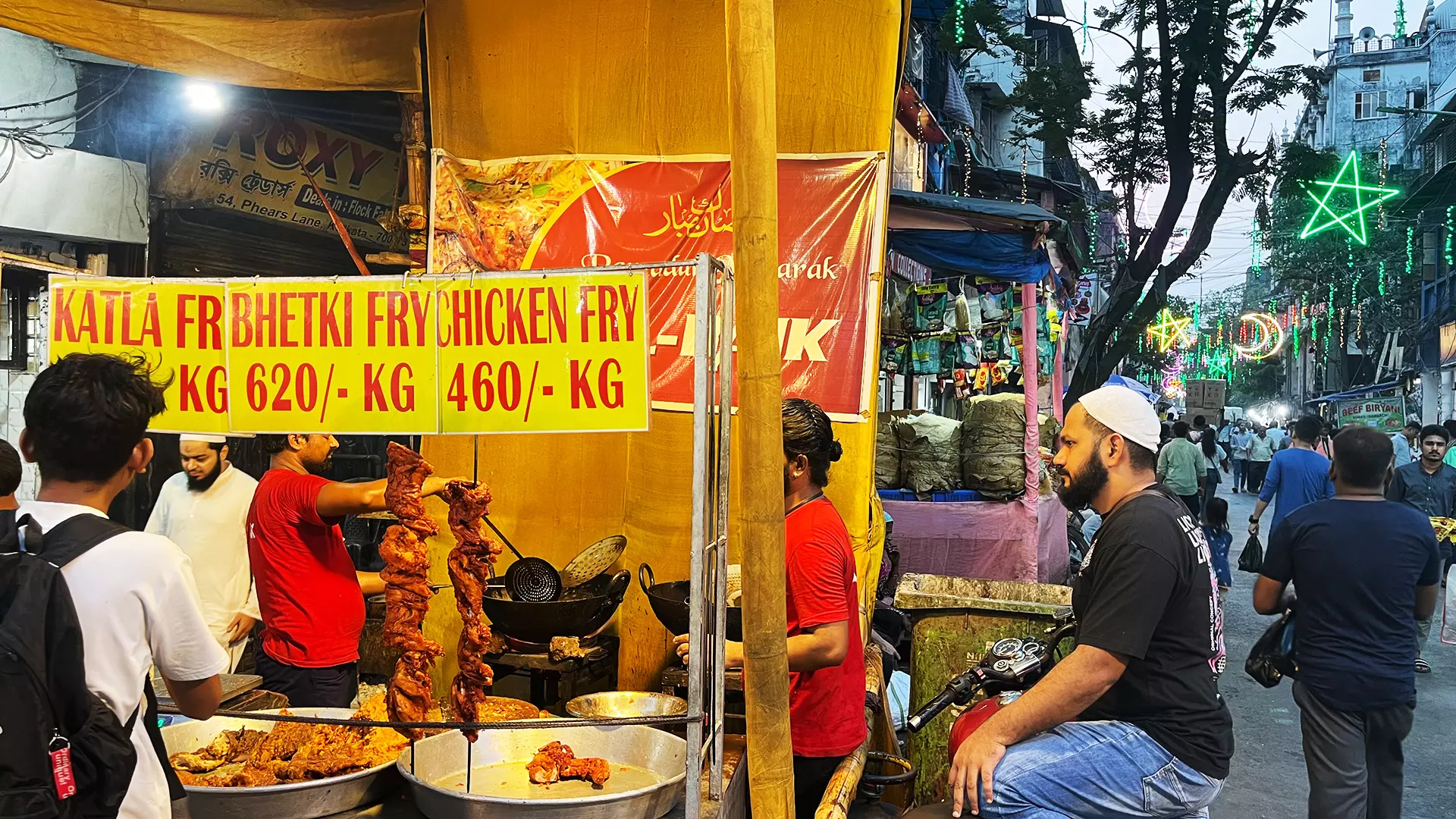
Taskeen, Dilli 6, Sufia, Al Baik, Bombay Hotel are eateries that immediately come to the mind for their authentic lip-smacking biryani, kebabs, murg changezi, haleem, Afghani chicken, chaanp, mahi akbari to name a few.
Peppered around the street, many such eateries upholding their family legacies, make the place a must-visit destination for the connoisseur of Mughlai food. Taskeen, Dilli 6, Sufia, Al Baik, Bombay Hotel are few other eateries that immediately come to the mind for their authentic lip-smacking biryani, kebabs, murg changezi, haleem, Afghani chicken, chaanp, mahi akbari to name a few.
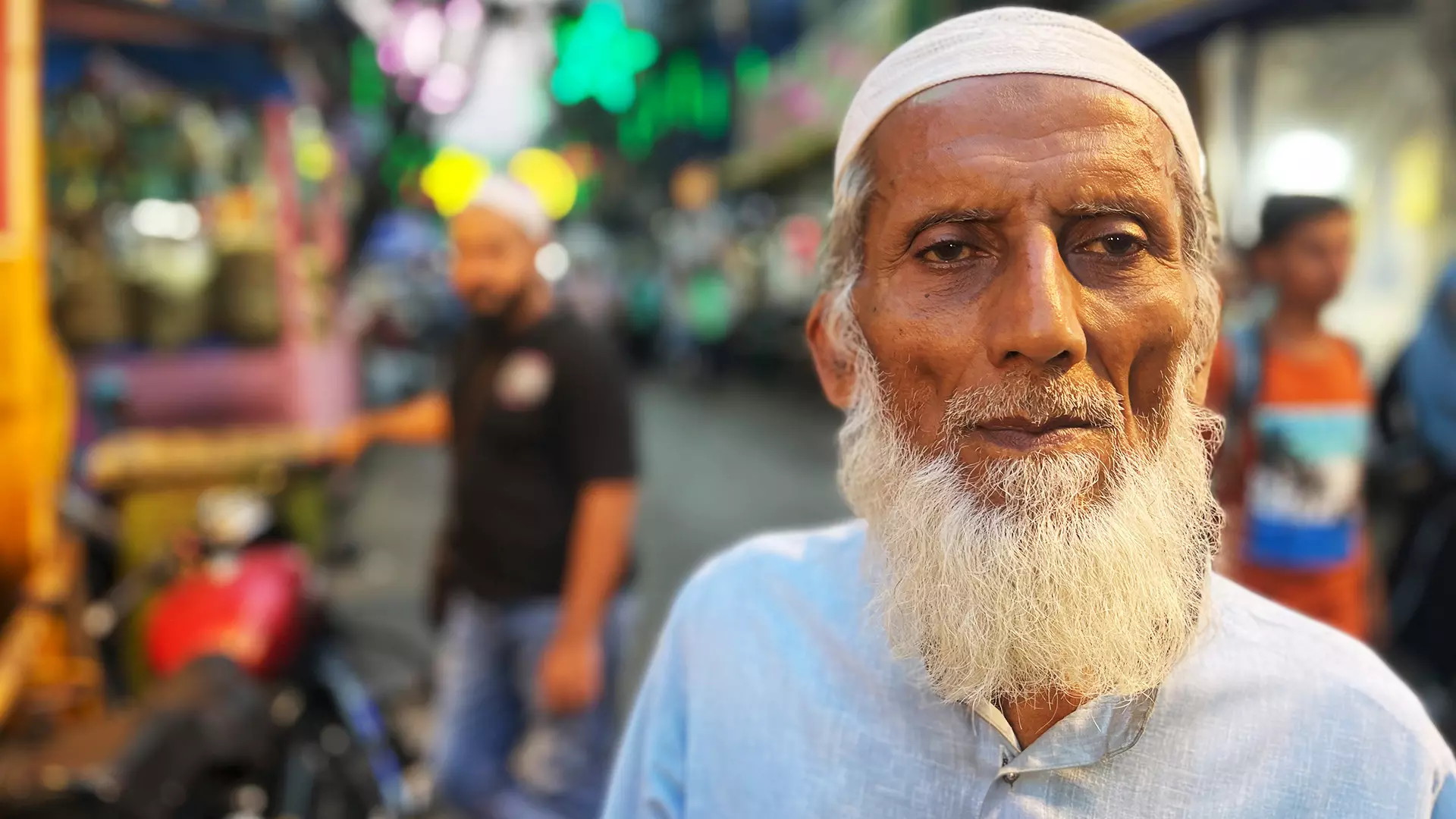
Saifur Islam says Ramadan in his family is not considered complete without a visit to Zakaria Street.
The Mughlai cuisine of Kolkata traces its roots to the kitchens of Nawab Wajid Ali Shah, who was detained in the city by the British as well as the Nawabi of Murshidabad. Their khansamas (chefs) tweaked the traditional Mughlai delicacies to produce new variants that eventually came to be known as Kolkata Mughlai food. It is this experiment that makes Kolkata Biryani a unique dish with the addition of egg and potato.
To savour this unique blend of Mughlai food, the one-go-to destination in the city invariably is Zakaria Street.
During the holy month of Ramadan particularly, the place turns into a virtual pilgrimage centre for both believers and non-believers who throng it, driven by the aroma of its delicacies.
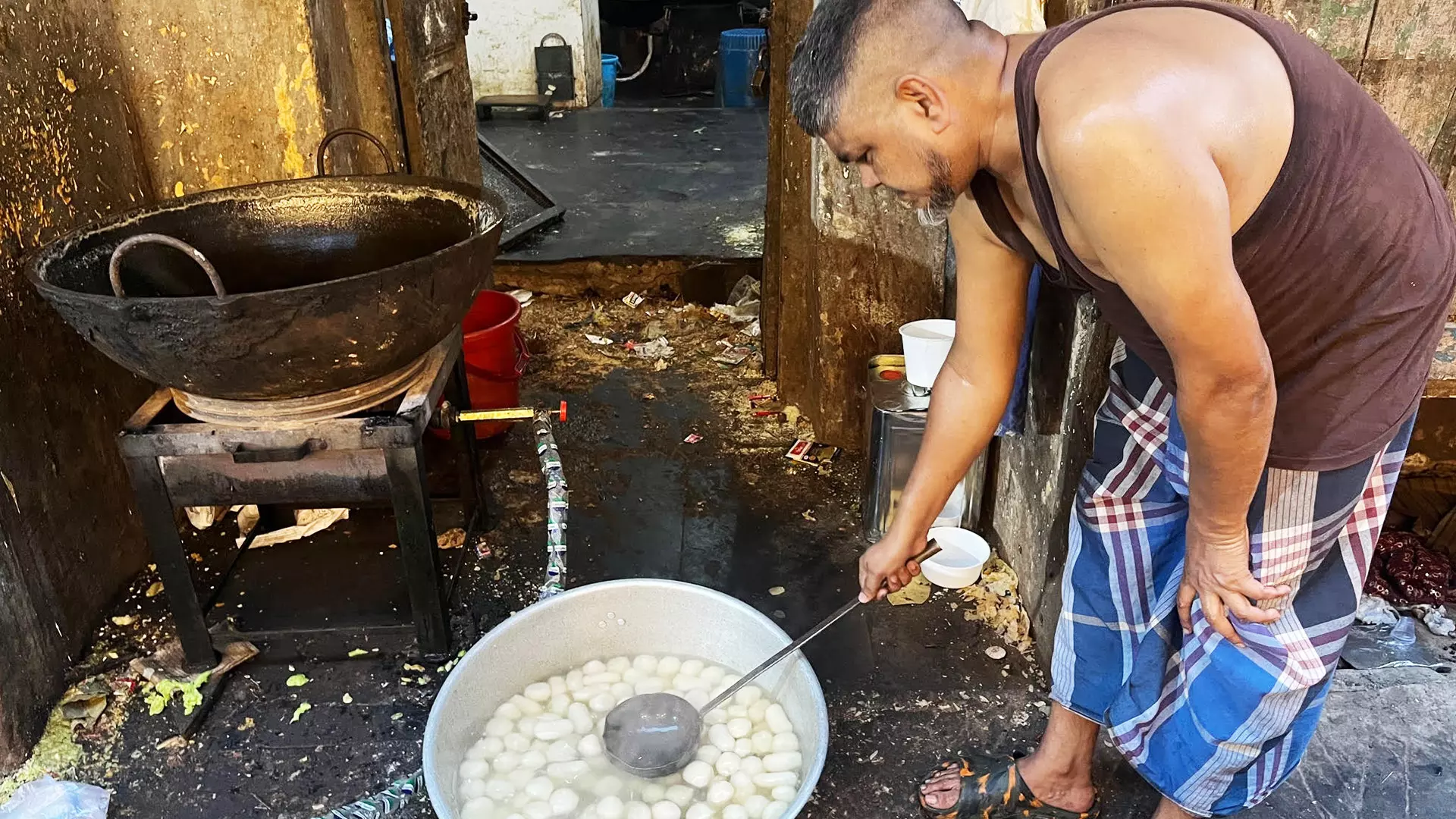
The area adequately caters to the sweet tooth of Bengalis with a wide range of collections.
“Ramadan in our family is not considered complete without a visit to Zakaria Street at least once during the fasting month. We often come here with friends and families to break our fast after offering prayer at the Nakoda Masjid,” says Saifur Islam from Bhangar, around 35 kilometres from Zakaria Street.
Apart from regular restaurants and eateries, over 100 temporary foot stalls set shops with their eatables to cater to the burgeoning customers during Ramadan, giving the place an air of food carnival.
Muslims and non-Muslims queue up at these stalls to have the best Ramadan food, which is not just limited to non-vegetarian stuff. It adequately caters to the sweet tooth of Bengalis with a wide range of collections.
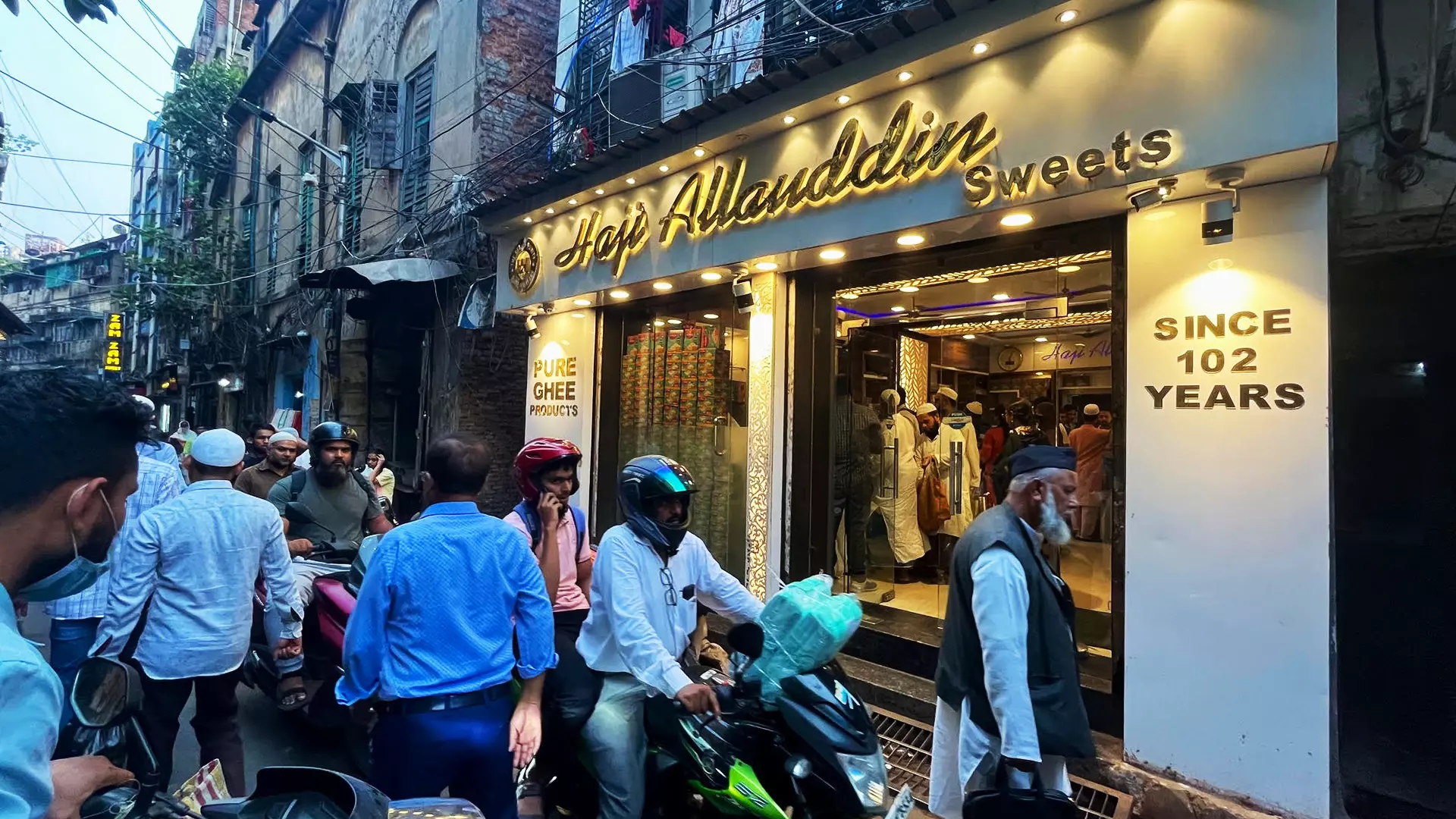
The area adequately caters to the sweet tooth of Bengalis with a wide range of collections.
Traditional phirnis, falooda, shahi tukda and sheer khurma apart, there are elaborate collections of traditional Muslim sweetmeats and breads.
The biggest draw in the sweet segment in the area is another century-old joint Haji Allauddin. Its battisa halwa made of 32 ingredients, halwa sohan, Karachi halwa and mawa laddu are a must-try along with Middle-Eastern sweets baklava and kunafa.
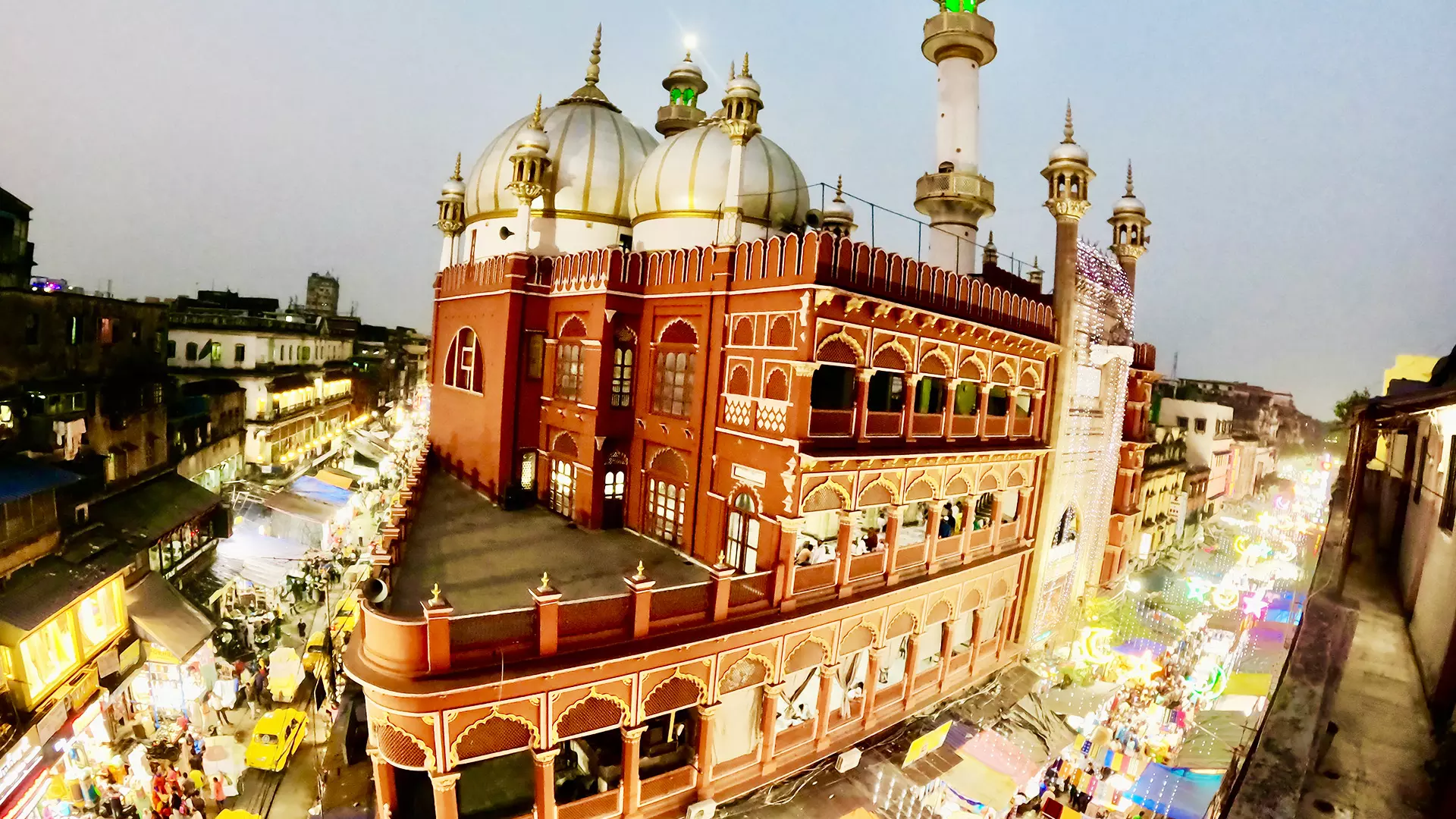
During the holy month of Ramadan, Zakaria Street turns into a virtual pilgrimage centre for both believers and food lovers.
No Ramadan meal here is ever completed without a mouthful of sweets. After all, Bengal is the sweetest part of India as boasted by the proudly claimed by the tourism department.
